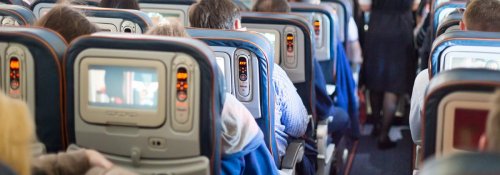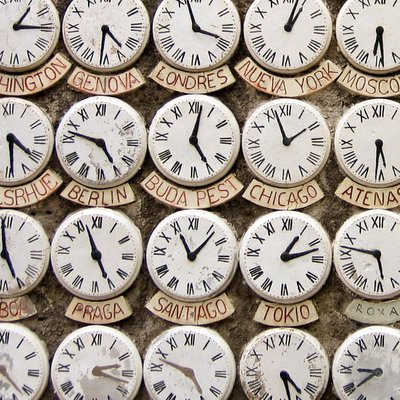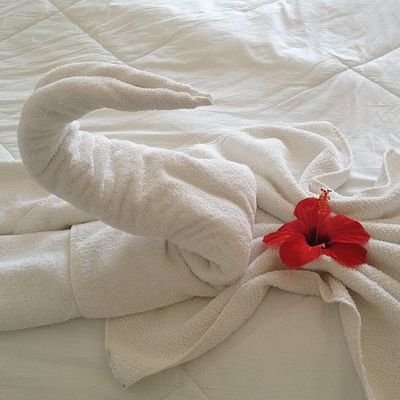The Truth About Airline Cleanliness
A lot of rumours fly around about the cleanliness of airplanes, and it’s likely that you’ve heard things such as ‘there’s more bacteria on an airline tray table than on a toilet seat’. It’s hard to know what to hear as the truth and what you need to take with a pinch of salt, so we’ve pulled together a list of rumours about airline cleanliness and the truth behind the rumours.

Planes are only cleaned thoroughly at night
Each airline has its own protocol when it comes to cleaning their planes, but airplanes will be given a brief clean in between each flight. Usually, due to time constraints, this will mean a quick wipe down, vacuum and rubbish removal. Once a day the plane will be given a more thorough clean, using a range of cleaning products to clean the bathrooms, seats and tray tables. This usually happens when a plane has finished its flights for the day and rests overnight an airport, meaning that the early morning flights should have less germs on board.
The tray tables host more bacteria than any other part of the plane
It’s unclear whether or not this is true, but if you are worried about the germs on a plane, perhaps carry on a pack of disinfectant wipes just to be on the safe side. Think about how many grubby hands touch the tray table every day (parents have even been known to change nappies on them), and then consider that you are supposed to eat off that surface. A study carried out in 2007 showed that 60% of tray tables from three major airlines tested positive for the MRSA bug, suggesting that you are right to be wary of their cleanliness.

Never drink the tap water
Although the quality of the water found on airplanes is definitely improving, it is worth noting that as recently as 2004, several water samples from a selection of leading airlines tested positive for E.coli. The tank water of the aircraft should be avoided at all costs, and this includes the water used for tea and coffee, which may not be boiled at high enough temperatures to kill harmful bugs. Stick to bottled water, and decline the offer of ice, just to be on the safe side.
The air on board a plane is harmful
Compared to the amount of bacteria found on the tray tables and in the drinking water, the filtered air is relatively harmless. Aircraft are fitted with special filters to cleanse the air during flights, and a proportion of the air that you breathe in is actually fresh air, contrary to popular belief. A full plane has actually been proven to be have less germs than other confined spaces. The only issues that you are likely to face from the cabin air are from its dryness, so bring plenty of moisturisers and balms onto the flight with you to counteract this.
Never use the pillows and blankets supplied by the aircraft
The standard-issue pillows and blankets that you are offered on flights are described as breeding grounds for germs, and it is suggested that they are rarely cleaned. An investigation in 2007 further verified this theory when it was discovered that the blankets are cleaned on average between every 5 to 30 days. Several airlines no longer offer blankets on flights, or now charge for them, after traces of harmful bacteria were discovered. Our advice is to bring your own travel pillow and to carry an item such as a large scarf that you can use as a blanket.
Emma Lavelle is a UK based writer and photographer and has her own blog Field and Nest.















